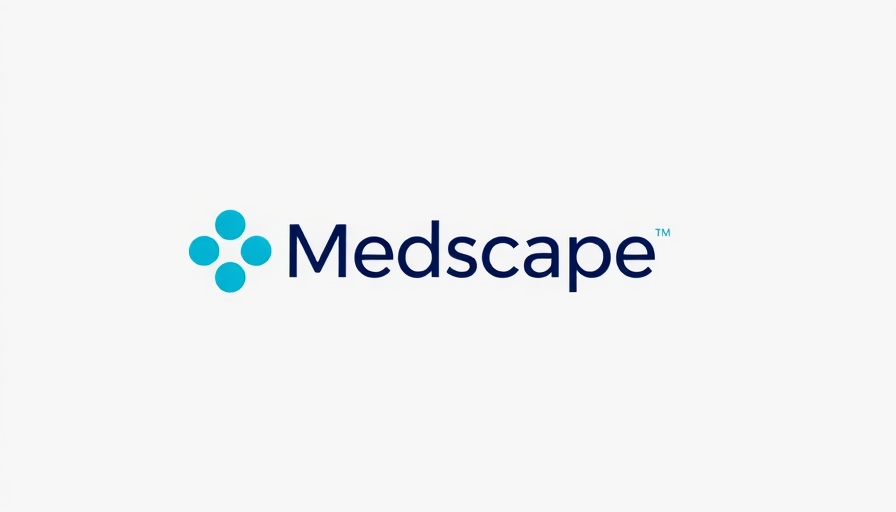
Unlocking the Eye Health Benefits of a Carnivore Diet
The carnivore diet has been garnering attention lately, especially among those seeking alternatives for improved health. While it primarily consists of animal products and excludes all plant-based foods, intriguing claims have surfaced about its potential benefits for vision, particularly in combating conditions like cataracts and macular degeneration.
In 'Carnivore Diet for Eye Health?', the discussion dives into the implications of this unique diet on vision, prompting us to explore its potential benefits and challenges.
What Is the Carnivore Diet?
Fundamentally, the carnivore diet is an extreme reduction of carbohydrates, focusing instead on animal products. Enthusiasts often praise the simplicity of this diet, which eliminates fruits, vegetables, grains, and legumes, raising the question: can such a drastic change have benefits for eye health?
Exploring Offers of Enhanced Vision
Reports from followers of the carnivore diet suggest improvements in eyesight, with anecdotes ranging from sharper vision to the reduced need for reading glasses. One theory posits that stable blood sugar levels achieved through this diet may alleviate lens swelling in the eyes, potentially enhancing clarity. Moreover, the diet's composition could contribute to better mental focus and clarity, which may alter perceptions of visual sharpness.
Busting Myths Around Dry Eye Conditions
While there are no studies linking the carnivore diet directly to improvements in dry eye disease, it could feasibly reduce systemic inflammation, impacting tear production positively. Yet, experts caution that hydration remains critical, regardless of dietary choices. Without adequate water and electrolyte balance, individuals might experience adverse effects on eye health.
The Unconventional Approach to Eye Diseases
As fascinating as the carnivore diet appears, its implication on serious conditions like cataracts or glaucoma remains tentative. Autophagy, the body's mechanism for clearing cellular waste, has been cited as a possible benefit of ketogenic diets. Some theories suggest that eliminating processed foods could yield long-term benefits for eye diseases associated with oxidative stress.
Challenging Conventional Eye Health Approaches
Interestingly, the predominant body of research emphasizes a diet inclusive of plant-based foods as protective against eye diseases like age-related macular degeneration (AMD). Studies indicate that antioxidants found in green leafy vegetables play a crucial role in combatting oxidative damage, which is central to the development of several eye conditions.
The Downside of the Carnivore Diet
It’s important for anyone considering the carnivore lifestyle to weigh its potential risks. Experts express concerns over higher saturated fat and cholesterol intake, which could adversely affect heart health. Furthermore, the lack of dietary fiber raises flags about digestion and overall gut health, with potential repercussions for eye health as well.
A Call for Caution and Curiosity
If you’re contemplating a switch to a carnivore diet, it’s vital to approach it with caution and keep an eye out for personal health changes. While followers are excited about the diet's claims, remember that significant long-term studies validating its safety and benefits are lacking. Additionally, a diverse array of whole foods in your diet not only helps ensure you receive essential nutrients but may also be a vital factor in keeping your eyes healthy.
Stay Informed
In summary, while the carnivore diet has incited fascinating discussions regarding eye health, more research is essential. Whether you support this dietary approach or seek a balanced lifestyle, it’s important to stay informed about how dietary choices impact your health.
For further insights and updates on how diet plays a role in maintaining optimal eye health, stay curious! Explore resources from trusted nutrition experts and consider weighing the potential benefits against the drawbacks before making dietary changes.
 Add Row
Add Row  Add
Add 




Write A Comment